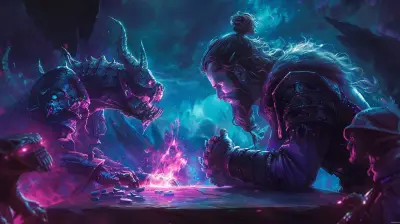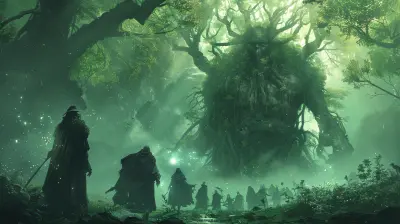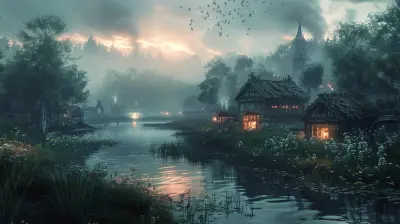Cultural Inspirations in RPGs: How Global Mythologies Shape Games
25 August 2025
Role-playing games (RPGs) have a magical way of pulling us into their worlds. Whether it’s slaying dragons, uncovering ancient artifacts, or navigating political intrigue, RPGs immerse players into narratives that feel grand, significant, and, at times, oddly familiar. But have you ever stopped to wonder why some of these stories resonate so deeply? The secret lies in their roots—roots that often dig straight into the cultural myths and legends of our world.
Global mythologies are like rich, bottomless treasure chests for RPG developers. They serve as inspiration for storylines, characters, settings, and even gameplay mechanics. From Norse mythology’s brooding gods to Japanese folklore’s mischievous spirits, these timeless tales breathe authenticity into the worlds of our favorite games. Let’s dive in and uncover how cultural inspirations shape the RPGs we love.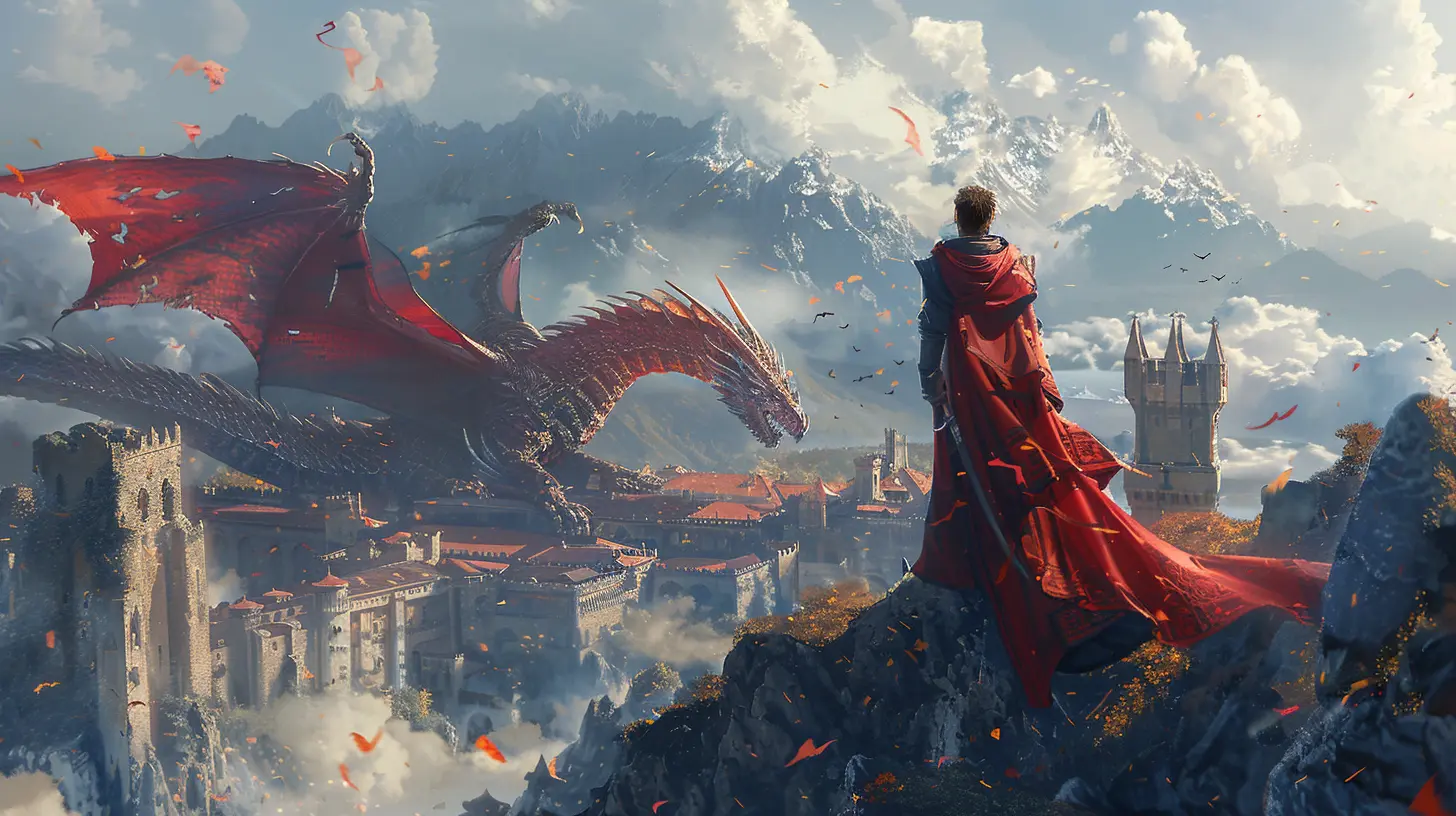
The Power of Mythology in Gaming
Why are mythologies such a go-to resource for RPG developers? Easy. Myths are universal. Across cultures and centuries, they’ve served as a way to explain the unexplainable, to teach lessons, and to entertain. They’re packed with drama, larger-than-life heroes, fears, and wonders… sound familiar? That’s basically the DNA of any memorable RPG.Think about it: mythologies already have established worldbuilding, intricate character archetypes, and powerful themes. By drawing from these sources, developers can create worlds that feel real—or at least relatable. You may not have wings like Icarus or battle like Hercules, but their struggles resonate on a human level.
RPGs essentially remix these stories, making them their own while still nodding to their source material. It’s like how a modern-day filmmaker might retell Shakespeare but set it in a post-apocalyptic wasteland. Familiar, yet fresh.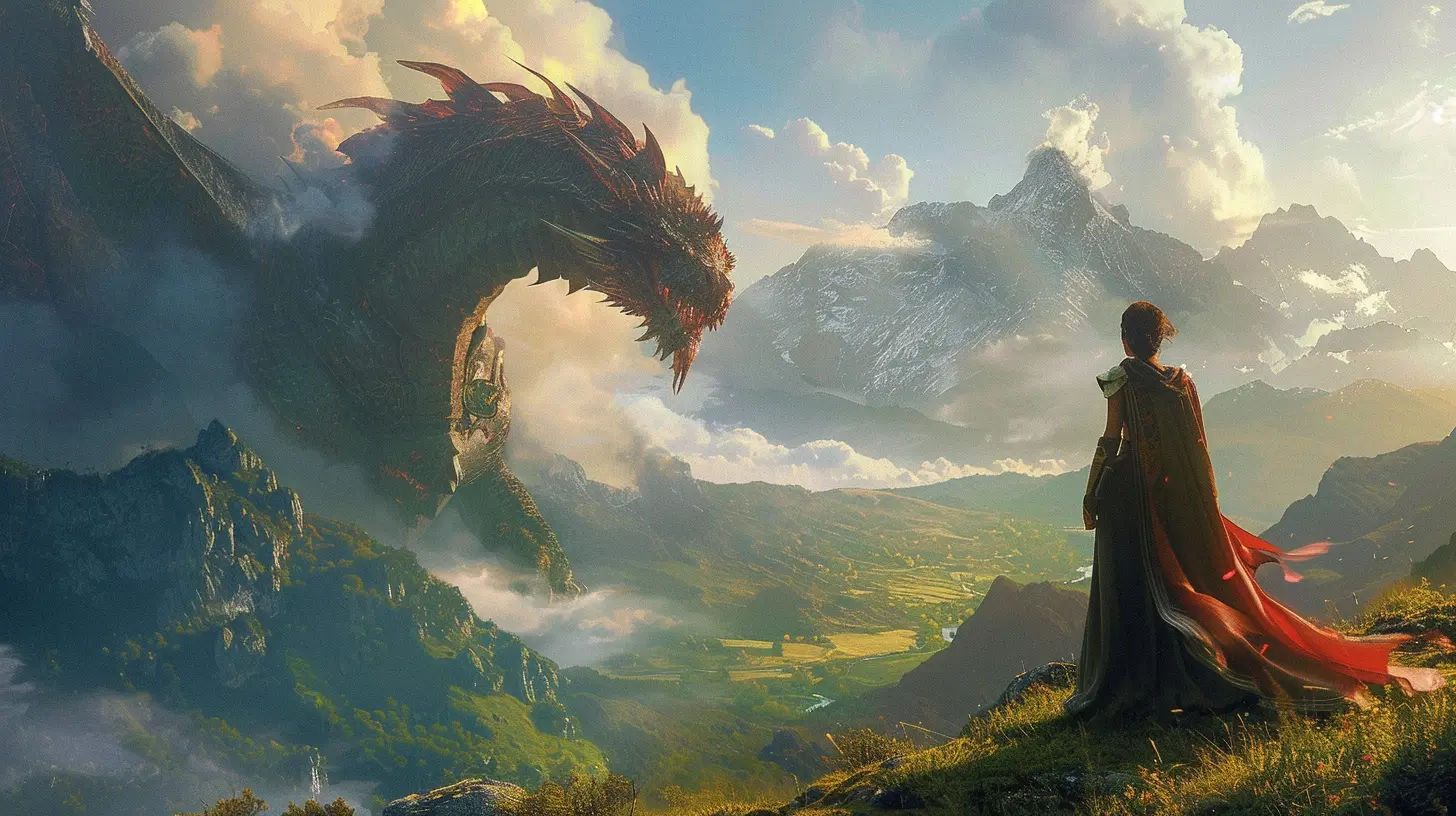
Norse Mythology: The Go-To Inspiration for High Fantasy
If there’s one mythology that seems to dominate the RPG space, it’s Norse mythology. And for good reason. Its tales of gods, giants, and epic battles feel tailor-made for gripping games. Titles like The Elder Scrolls, The Witcher, and God of War have incorporated elements of Norse lore, and it’s not hard to see why.Who hasn’t been captivated by the imagery of Yggdrasil, the tree that connects all realms, or the prophecy of Ragnarok—the end of the world? These stories scream “epic,” and RPGs thrive on scale and intensity. Even the gods themselves, like Thor and Loki, embody traits that make them compelling characters. Thor’s unwavering strength and Loki’s cunning scheming? Perfect for a protagonist-vs-antagonist dynamic.
Take God of War (2018), for instance. Kratos’ journey through the realms of Norse mythology isn’t just an action-packed adventure. It’s also a deeply personal story of redemption, parenthood, and the inevitability of fate—all themes deeply rooted in Norse storytelling while being universally relatable.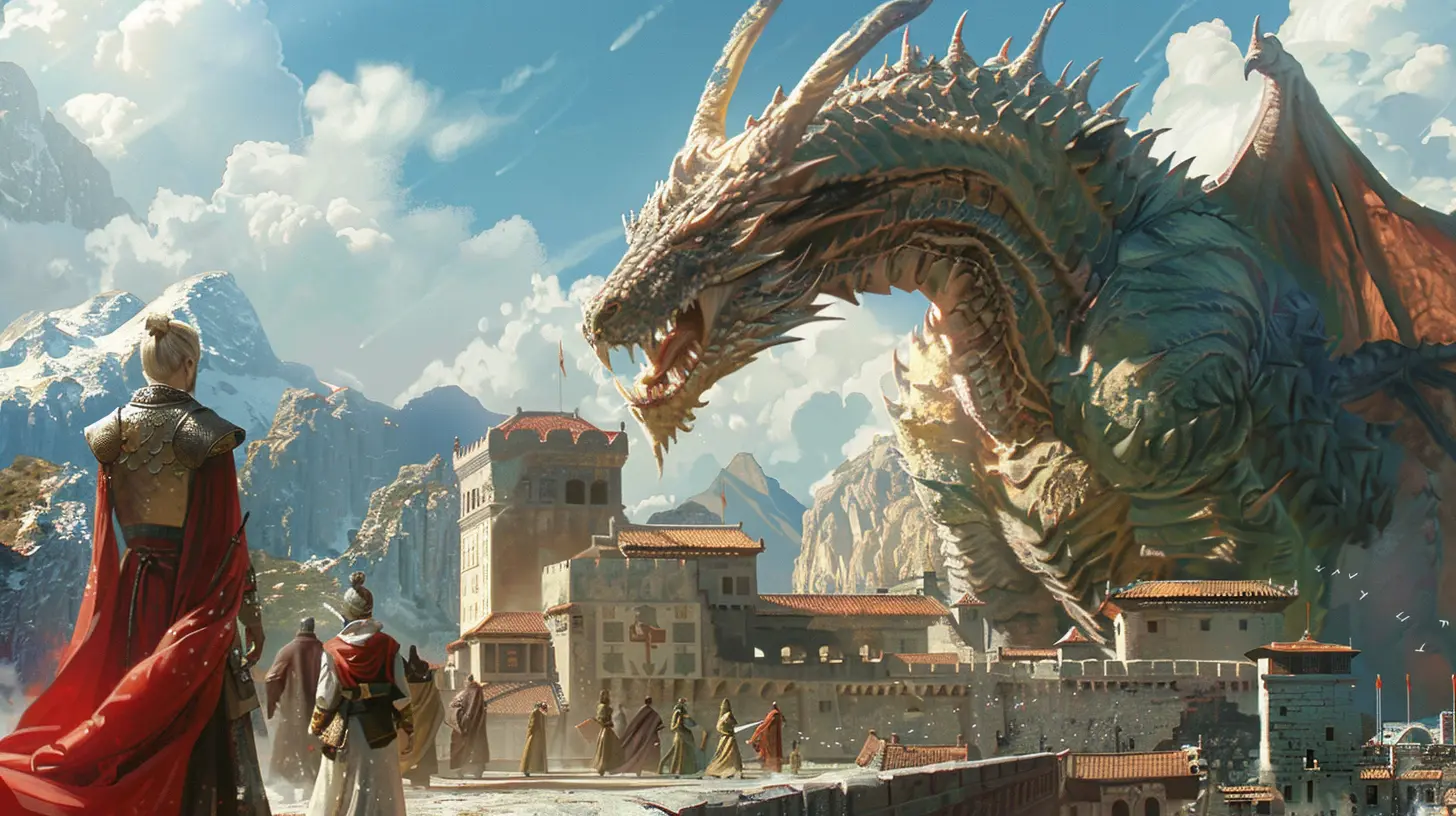
Japanese Folklore: A Blend of Beauty and Terror
Now let’s hop across the globe. Japanese folklore is another rich vein that RPG developers love to mine, and boy, does it pay off. From yokai (supernatural creatures) to kami (spirits or gods), Japan’s folklore is a mix of beauty, mystery, and, let’s face it, straight-up nightmare fuel.Games like Final Fantasy, Okami, and Sekiro: Shadows Die Twice have all woven Japanese mythology into their narratives and mechanics. Okami, for example, lets you play as Amaterasu, the Shinto sun goddess, who takes the form of a wolf to battle evil. It’s not just a fun mechanic—it’s a direct nod to Japan’s cultural stories.
The thing about Japanese mythology is how it often portrays spirits and demons as morally gray. They’re not always purely good or evil; instead, they reflect the duality of human nature. This nuance sneaks its way into RPGs, adding layers of depth to the characters and narratives. You’re not just slaying a monster—you’re uncovering its tragic backstory.
And come on, who can forget the iconic katana-wielding warriors inspired by samurai lore? Whether you’re slicing through foes in Ghost of Tsushima or mastering the way of the blade in Sekiro, you’re living a piece of Japanese history every step of the way.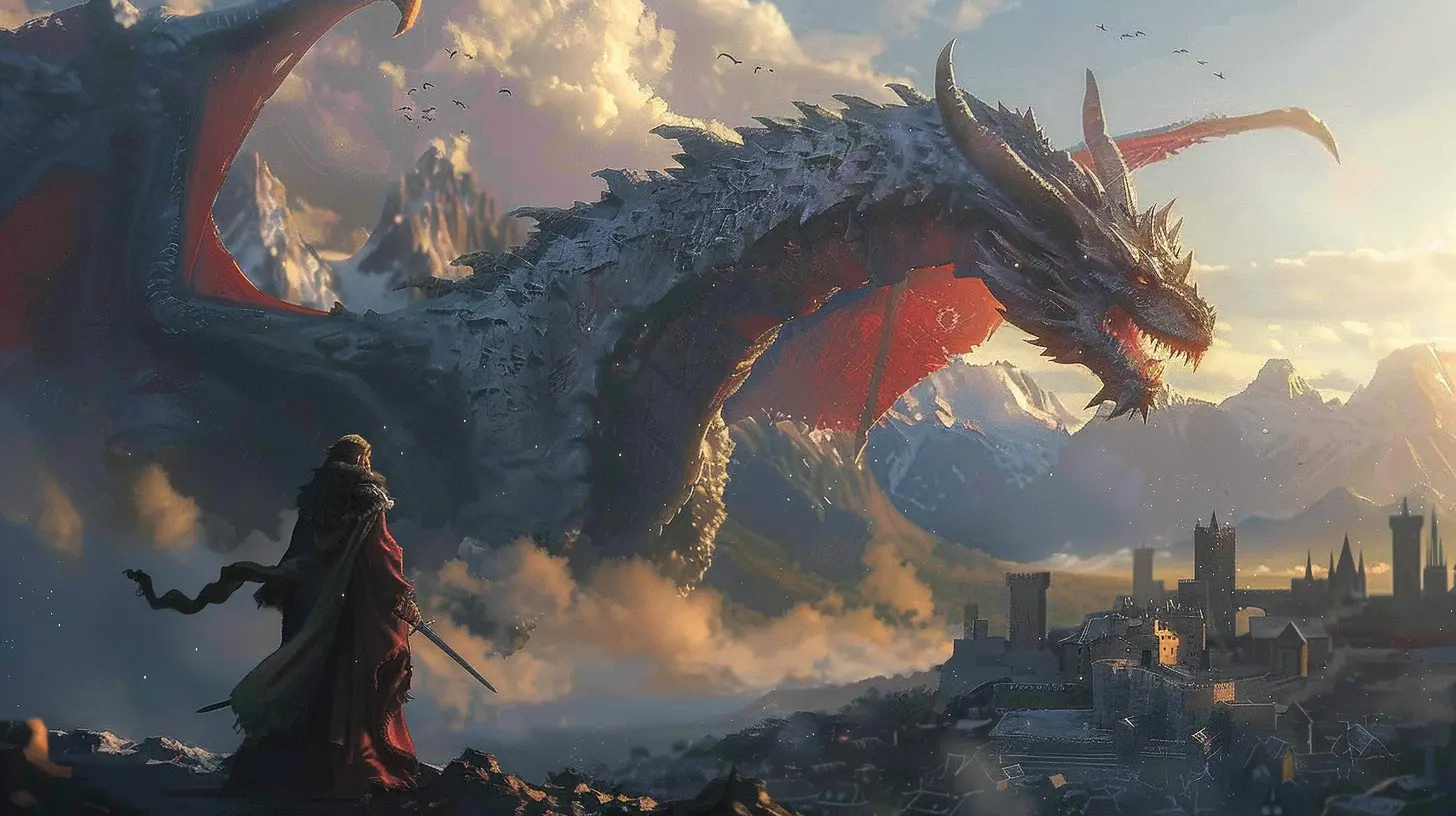
Greek Mythology: Where It All Began
When we think mythologies, it’s impossible not to mention Greek mythology. This pantheon of gods, monsters, and heroes has shaped Western storytelling for centuries, and RPGs are no exception. The larger-than-life adventures of figures like Perseus, Theseus, and Odysseus? That’s classic RPG material.Games like Assassin’s Creed Odyssey and Hades have boiled these myths into their essence. Whether it’s roaming the Aegean Sea or battling your way out of the underworld, Greek mythology offers endless material for exploration.
What makes Greek mythology so fascinating is its focus on flawed gods and tragic heroes. The gods are powerful but petty, and their meddling often leads to chaos. Heroes, on the other hand, are brave but deeply flawed. This dynamic creates high-stakes drama and complex characters—exactly what RPG players want.
Even classic dungeon-crawling tropes like slaying a Minotaur or deciphering an oracle’s cryptic message? Yup, that’s ancient Greece’s influence right there.
Celtic Lore: Mysticism and Enchantment
Celtic mythology doesn’t always get as much attention, but when it does, it’s pure magic—literally. With its focus on the mystical and the ethereal, it’s no wonder RPGs like Dragon Age: Inquisition and The Witcher dabble in Celtic-inspired folklore.Think enchanted forests, fae courts, and druids wielding elemental power. Celtic lore is rich in themes of nature’s balance and the consequences of disrupting it. This plays perfectly into RPGs, where choices (especially bad ones) tend to have ripple effects.
One standout element is the concept of the “Otherworld,” a realm of spirits and gods. Sound familiar? The Fade in Dragon Age or even the Spirit World in The Legend of Zelda: Twilight Princess borrow heavily from this idea. Add in creatures like banshees and selkies, and you’ve got a recipe for hauntingly immersive storytelling.
Indian and Southeast Asian Influence: Underrated Gems
While many Western RPGs tend to lean on European and East Asian mythologies, Indian and Southeast Asian folklore remains an untapped goldmine—though that’s starting to change. Games like Raji: An Ancient Epic have begun to explore these stories, and honestly, it’s about time.Indian epics like the Mahabharata and Ramayana are packed with gods, demons, and epic battles that would make any game designer salivate. Imagine wielding divine weapons blessed by the gods or unlocking abilities tied to ancient mantras—it’s all incredibly gameable.
Meanwhile, Southeast Asian folklore offers equally rich material, with its tales of garudas, naga, and rakshasas. These creatures and legends bring a different flavor to RPGs, introducing new kinds of environments and challenges that break away from the usual medieval-European setting.
Ancient Egypt: Eternal Mysteries
There’s an undeniable allure to Egyptian mythology that has made its way into several RPGs. Maybe it’s the mystique of pyramids, pharaohs, and mummies, or the intricate tales of gods like Osiris, Anubis, and Ra. Games like Assassin’s Creed Origins tap into this fascination, offering players a chance to unravel the mysteries of one of the world’s oldest civilizations.Egyptian mythology is deeply tied to the themes of life, death, and rebirth, which resonate perfectly with RPG mechanics like resurrection and quest completion. Add to that the iconic imagery of hieroglyphs, sarcophagi, and desert landscapes, and you’ve got an aesthetic that’s both ancient and timeless.
Why Mythology Matters in RPGs
Okay, so we’ve looked at the myths. But why do they matter in RPGs? Beyond just making a game look cool or feel dramatic, mythologies give games a sense of depth and authenticity.When a game borrows from real-world cultures, it doesn’t just create a fictional world—it creates a living world. These mythological inspirations lend a sense of history and weight to RPG universes, making them feel believable and immersive. Plus, they allow players to connect their personal experiences with stories that have been told for centuries.
It’s also a way for developers to honor and share cultures on a global scale. Of course, this comes with a responsibility to represent cultures respectfully and avoid stereotypes, but when done right, these inspirations broaden horizons for players and introduce them to stories and ideas they otherwise might not encounter.
Wrapping It Up
RPGs wouldn’t be the same without their mythological inspirations. From the frost-bitten tales of Norse gods to the vibrant epics of Indian lore, these cultural touchstones shape the worlds, characters, and stories we lose ourselves in. It’s incredible how ancient myths continue to impact modern gaming, and honestly, it’s a win-win. Developers get to create richer, more intriguing narratives, and we, the players, get to experience them.So, next time you’re traversing a haunted forest or battling a god with a ridiculously oversized sword, take a moment to think about where that idea might have come from. Chances are, it’s someone’s mythology brought to life—just with extra loot drops.
all images in this post were generated using AI tools
Category:
Role Playing GamesAuthor:

Jack McKinstry
Discussion
rate this article
1 comments
Darby McKinnon
This article insightfully highlights the rich tapestry of global mythologies that influence RPGs. It’s fascinating to see how cultural narratives enrich storytelling and deepen player engagement in these immersive worlds. Great read!
September 9, 2025 at 4:10 AM

Jack McKinstry
Thank you for your thoughtful comment! I'm glad you enjoyed exploring the connection between global mythologies and RPG storytelling.
